 Department of Chemistry
Department of Chemistry
-
About
-
Research
-
Academics
-
People
-
Board
Seminar
Seminar
-
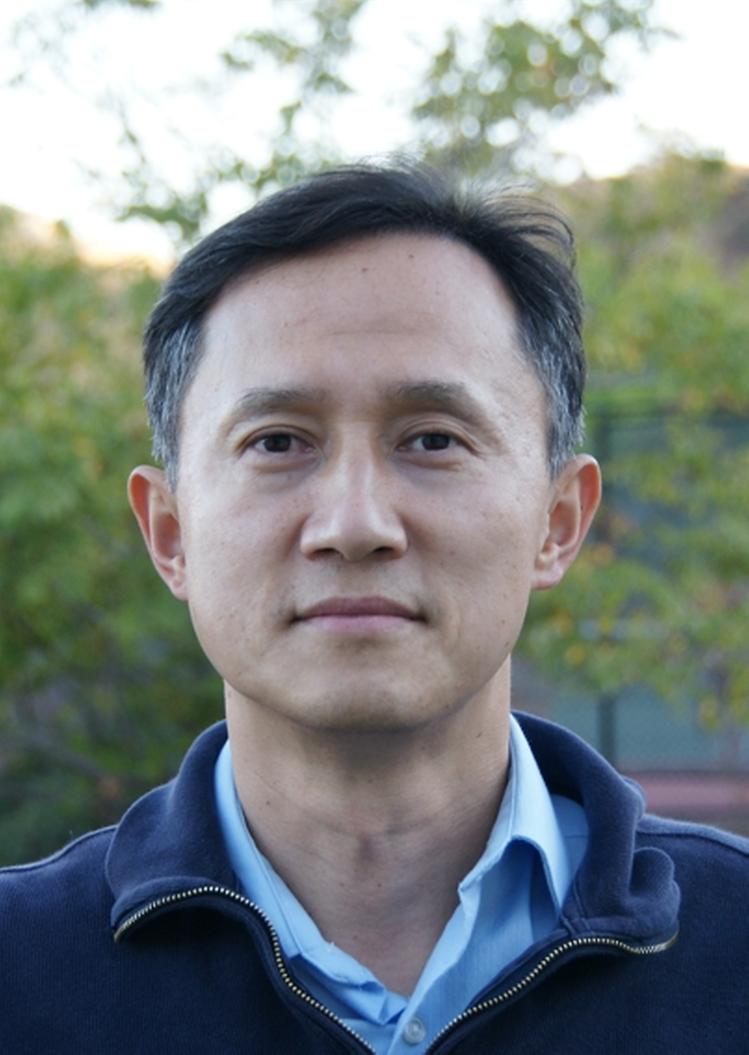
Bio-inspired Material Assembly and Applications
 2023년 3월 30일(목) 오후 4시 30분
2023년 3월 30일(목) 오후 4시 30분 330226호실
330226호실
- POSTED DATE : 2023-03-27
- WRITER : 화학과
- HIT : 1813
-
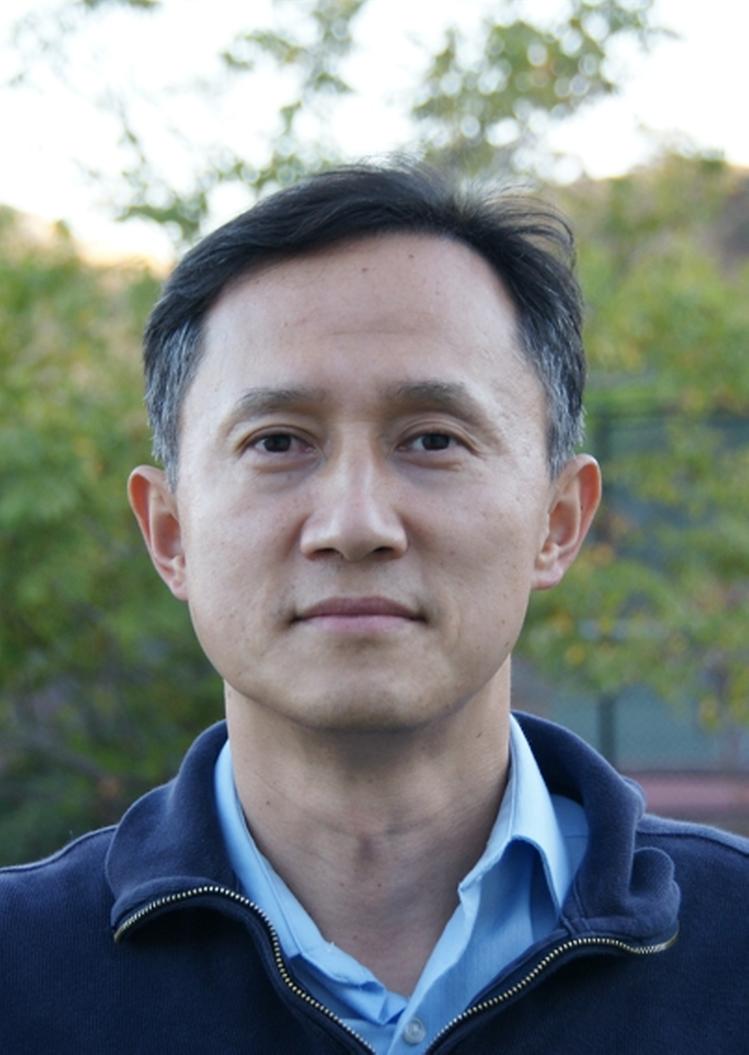
Bionanoscience and Bionanomaterials:
 2023년 3월 30일(목), 4월 11일(화)
2023년 3월 30일(목), 4월 11일(화) 330126호실, zoom
330126호실, zoom
- POSTED DATE : 2023-03-22
- WRITER : 화학과
- HIT : 1692
-
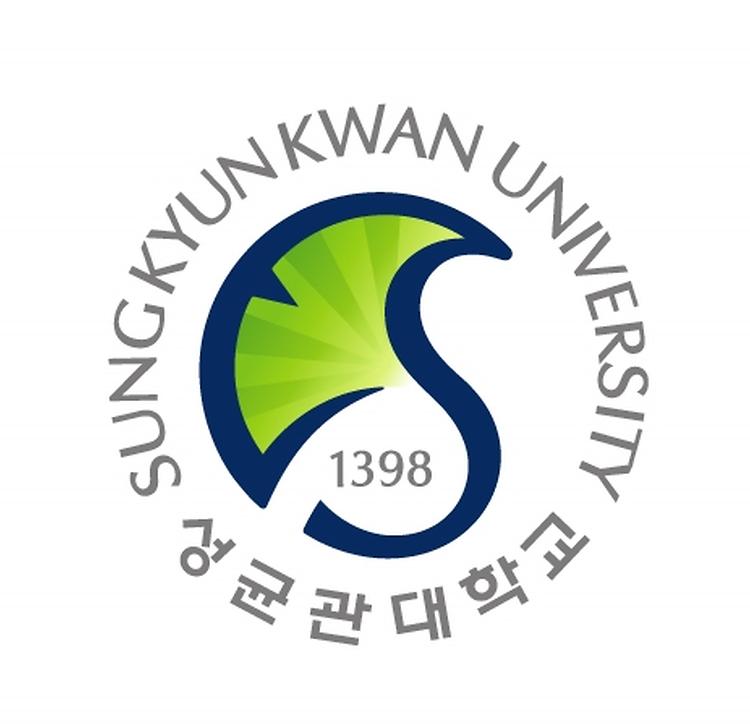
Anomalous Carrier Transport Phenomena in Energy Materials: Perovskite Thin Films and Quantum Dot Solids
 2023년 3월 23일(목) 오후 4시 30분
2023년 3월 23일(목) 오후 4시 30분 330226호실
330226호실
- POSTED DATE : 2023-03-20
- WRITER : 화학과
- HIT : 1894
-
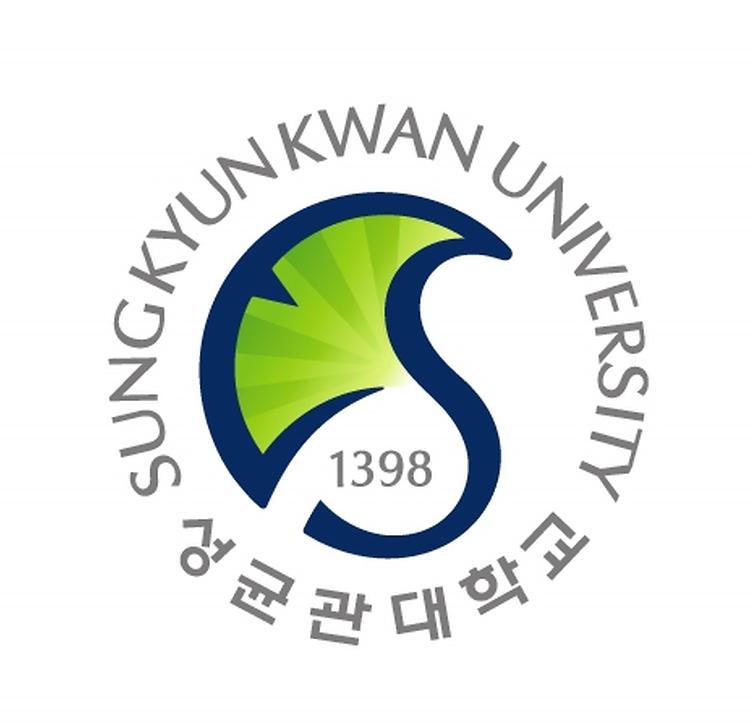
Vascularized tissue-on-a-Chip Platforms for modeling human vasculature-related diseases
 2023년 3월 16일(목) 오후 4시 30분
2023년 3월 16일(목) 오후 4시 30분 330226호실
330226호실
- POSTED DATE : 2023-03-14
- WRITER : 화학과
- HIT : 1841
-

Ultrafast photoinduced dynamics of multichromophoric systems
 2023년 3월 9일(목) 오후 4시 30분
2023년 3월 9일(목) 오후 4시 30분 330226호실
330226호실
- POSTED DATE : 2023-03-03
- WRITER : 화학과
- HIT : 2483
-
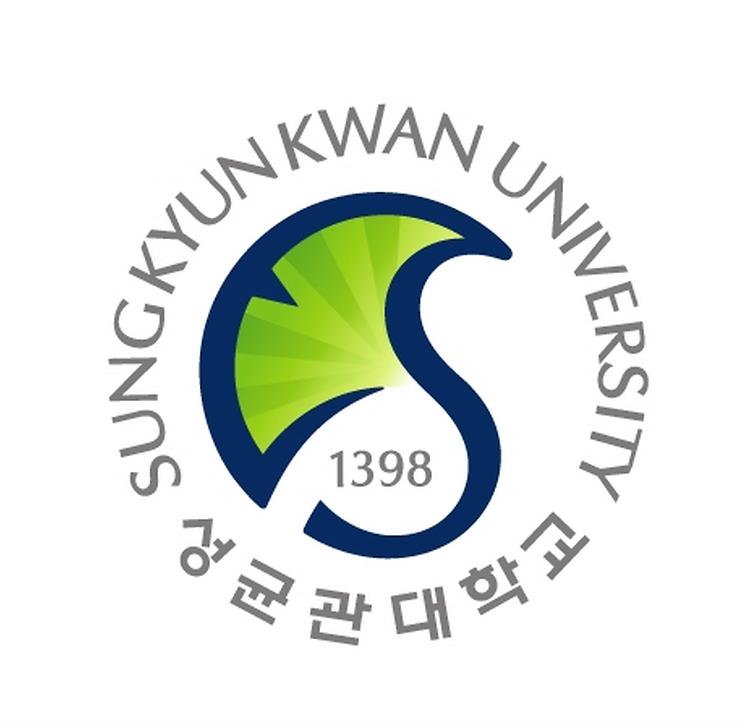
고에너지 리튬 전지용 트레이드 오프가 없는 불소화황산화물계 난연 첨가제 기술
 2022년 12월 7일(수) 오후 4시 30분
2022년 12월 7일(수) 오후 4시 30분 330102호실
330102호실
- POSTED DATE : 2022-12-02
- WRITER : 화학과
- HIT : 2327
-
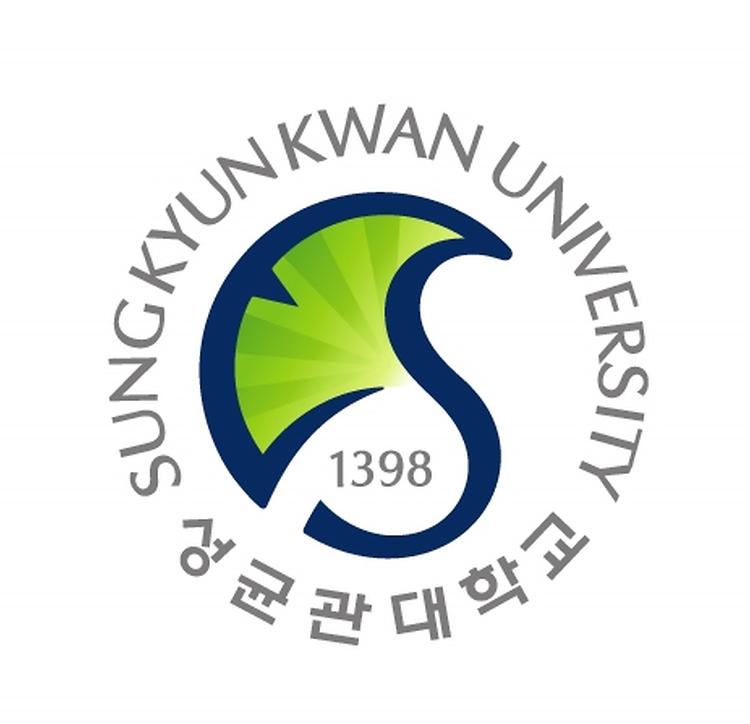
Rapid Expansion of Compound Libraries Powered by High-Throughput Experimentation
 2022년 12월 1일(목) 오후 4시 30분
2022년 12월 1일(목) 오후 4시 30분 330226호실
330226호실
- POSTED DATE : 2022-11-29
- WRITER : 화학과
- HIT : 2288
-
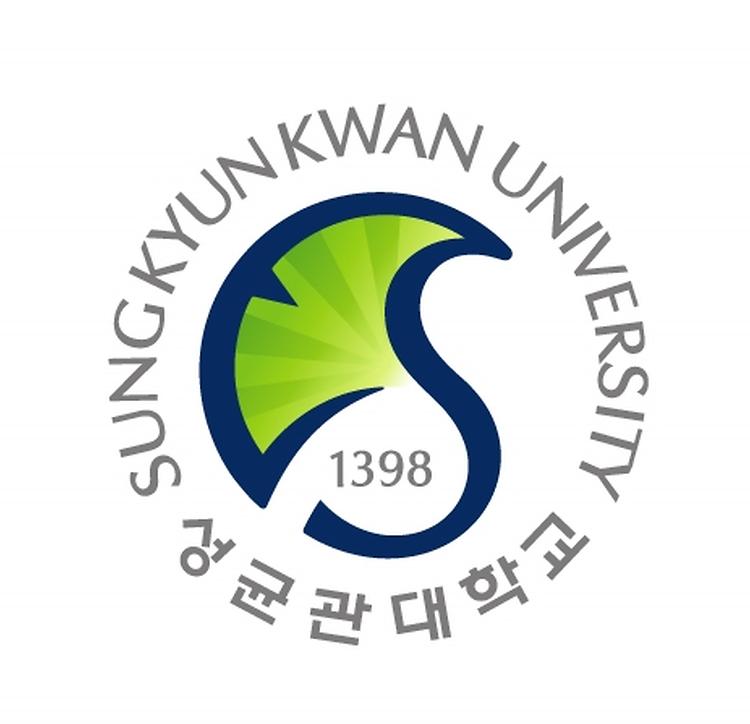
LEAD peptide를 이용한 바이러스질환 치료제 개발
 2022년 11월 24일(목) 오후 4시 30분
2022년 11월 24일(목) 오후 4시 30분 330226호실
330226호실
- POSTED DATE : 2022-11-22
- WRITER : 화학과
- HIT : 2373
-

Light Management with Synthetically-Designed Nanomaterials
 2022년 11월 17일(목) 오후 4시
2022년 11월 17일(목) 오후 4시 Webex
Webex
- POSTED DATE : 2022-11-10
- WRITER : 화학과
- HIT : 2228
-

Pd-catalyzed Asymmetric Hydrofunctonalization of Alkoxyallene: Evolution into de novo Glycosidic Bond Formation(취소)
 2022년 11월 10일(목) 오후 4시 30분
2022년 11월 10일(목) 오후 4시 30분 330226호실
330226호실
- POSTED DATE : 2022-11-03
- WRITER : 화학과
- HIT : 2295
 발전기금
발전기금



